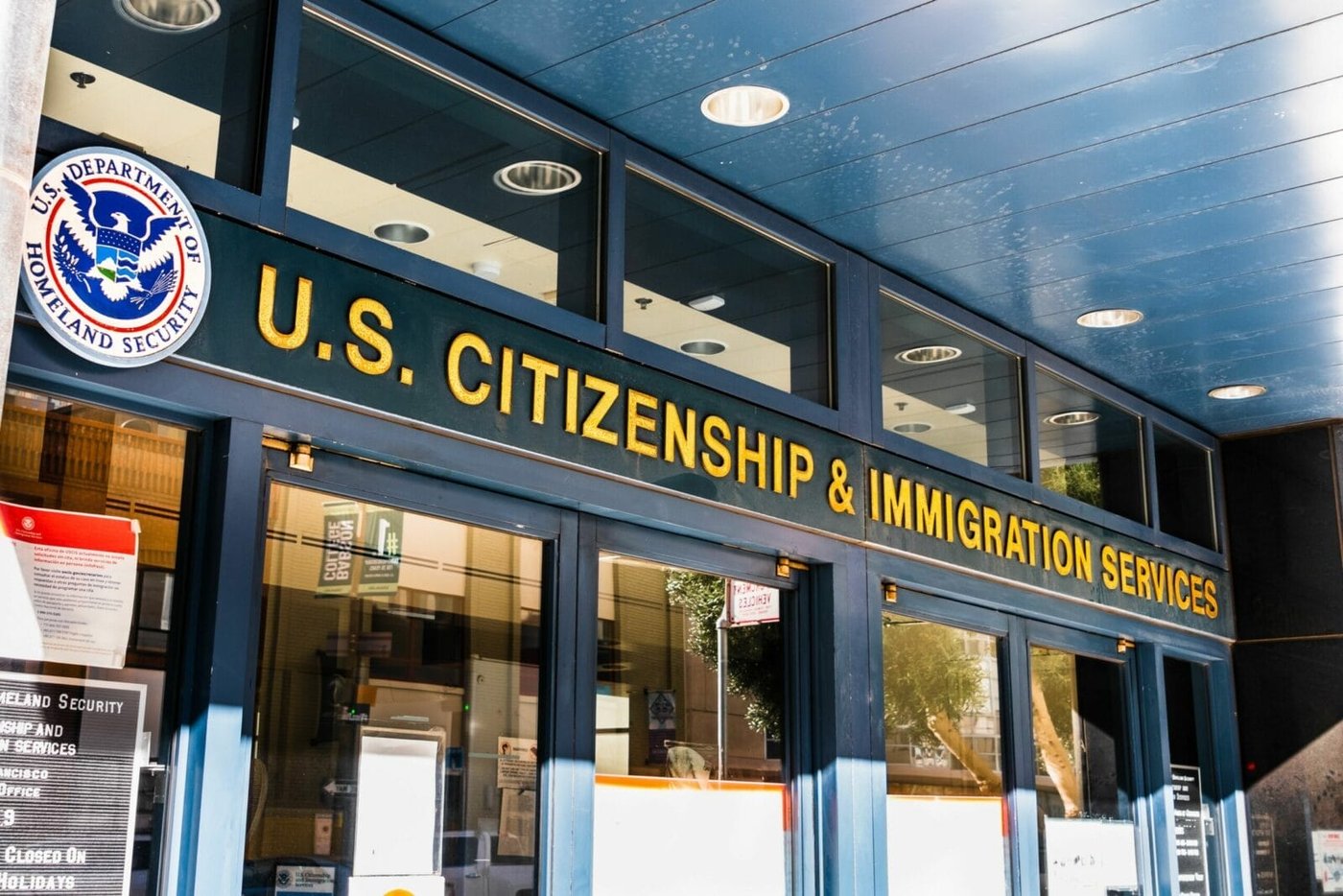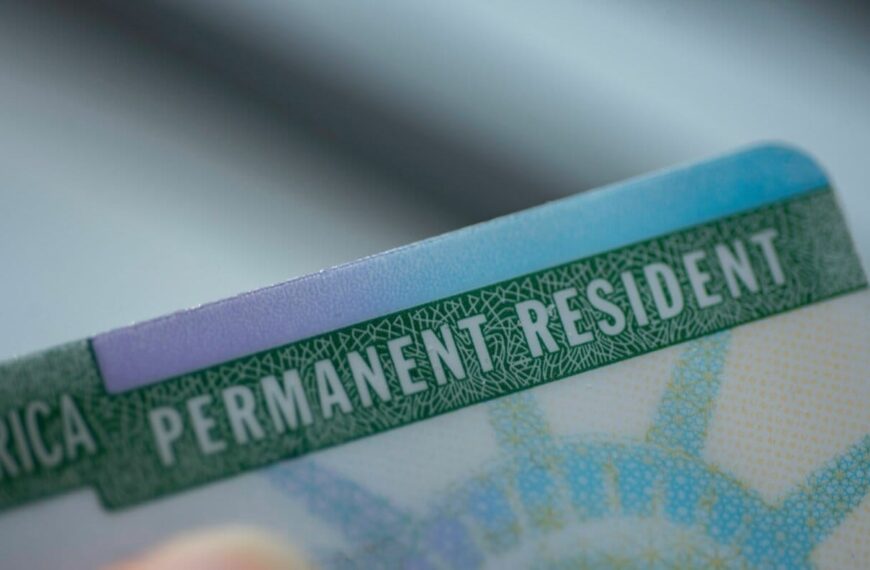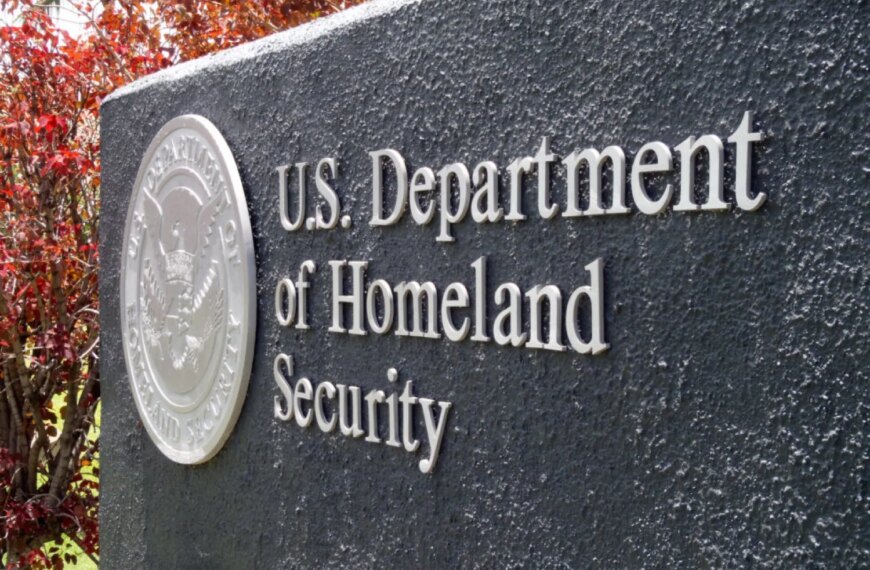Understanding the Recent Trends in Immigration: An Overview of USCIS Reports
The United States Citizenship and Immigration Services (USCIS) has recently released its quarterly report for the first quarter of Fiscal Year 2025. This report highlights significant trends in immigration, particularly focusing on employment-based (EB) petitions and K-1 fiancé(e) visa applications. As immigration policies and trends evolve, it’s essential to stay informed about these changes and their implications for prospective immigrants.
Surge in EB-1 Petitions
One of the most noteworthy findings in the USCIS report is the substantial increase in EB-1 petitions. The EB-1 category is designed for individuals with extraordinary ability, outstanding professors and researchers, and multinational executives and managers. This surge can be attributed to several factors:
- Increased Awareness: There has been a growing awareness among high-skilled professionals about the benefits of the EB-1 category, leading to more applications.
- Global Talent Migration: Many countries are facing challenges in retaining top talent, prompting skilled individuals to seek opportunities in the United States.
- Enhanced Processing Times: USCIS has made efforts to streamline processing times for EB-1 petitions, making it more attractive for applicants.
This trend indicates that the U.S. is becoming a preferred destination for high-skilled workers, which can significantly contribute to the economy and innovation landscape.
Stable K-1 Visa Applications
In contrast to the surge in EB-1 petitions, the K-1 fiancé(e) visa applications have remained stable. The K-1 visa is available for foreign nationals who are engaged to U.S. citizens and allows them to enter the United States for the purpose of marriage. The stability in K-1 applications can be attributed to:
- Consistent Demand: The desire for family reunification remains a constant factor in immigration, leading to steady K-1 applications.
- Visa Processing Challenges: While the demand is steady, processing delays and complications can affect the overall numbers, but they have not led to a significant decrease.
- Public Awareness Campaigns: Increased outreach and educational efforts regarding the K-1 process have kept potential applicants informed.
The stability in K-1 visa applications reflects the enduring nature of family ties and the importance of relationships in the immigration process.
Implications of the Trends
The trends observed in the USCIS report have several implications for immigration policy and the U.S. economy:
- Strengthening the Workforce: The rise in EB-1 petitions signifies an influx of highly skilled professionals, which can enhance innovation and productivity in various sectors.
- Family Reunification: The stability in K-1 visa applications underscores the U.S. commitment to family reunification, which is a cornerstone of the immigration system.
- Policy Considerations: Policymakers may need to consider these trends when formulating future immigration policies to ensure that they support economic growth and family unity.
Challenges Ahead
Despite these positive trends, challenges remain in the immigration landscape. The following issues continue to affect both EB-1 and K-1 applicants:
- Processing Delays: Even with streamlined efforts, delays in processing times can create uncertainty for applicants and their families.
- Changing Regulations: Immigration policies are subject to change, which may impact current and future applicants.
- Public Sentiment: The ongoing debates around immigration can create an unpredictable environment for those seeking to enter the U.S.
It’s crucial for potential applicants to stay informed about these challenges and be prepared for the complexities of the immigration process.
Conclusion
The recent USCIS report highlights significant trends in immigration that are shaping the landscape for prospective immigrants. The surge in EB-1 petitions reflects a growing interest among high-skilled workers in the U.S., while the stability in K-1 visa applications demonstrates the importance of family connections in immigration.
As we continue to navigate these trends, it’s essential for applicants to remain informed about the process, potential challenges, and the evolving immigration policies. Staying proactive and prepared can make a significant difference in successfully navigating the immigration journey.
In this dynamic environment, understanding the implications of these trends can empower prospective immigrants and their families to make informed decisions about their futures in the United States.










